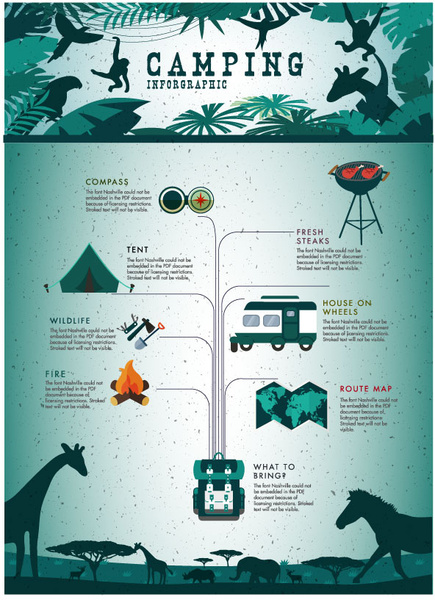While both deal toughness in various settings, it's important to determine which type of insulation will best serve your demands. The insulation you choose influences heat, weight, water resistance, compressibility and price.
Down is collected from waterfowl, normally ducks or geese. It is prized for its agility, simple compression and protecting homes. However, down comes to be much less efficient when wet.
Warmth-to-Weight
A high warmth-to-weight proportion is preferred in exterior garments and gear. The shielding buildings of down feathers make them an excellent choice for this objective, as they are incredibly warm and light-weight.
However, down sheds its shielding abilities when it splashes, implying it needs to be paired with a water-proof shell. Additionally, some people dislike down, making artificial coats a much better choice for them.
Synthetic insulations are typically made from recycled polyester and designed to mimic down's insulating residential properties. They are not as lightweight as down, yet they do not lose their protecting capacities when they splash and dry quicker than down. They are additionally a lot more economical than down. Nonetheless, their lifespan is much shorter than down, resulting in greater maintenance and substitute prices.
Water Resistance
The insulation you pick for your work jacket will certainly make a huge distinction in how comfy you really feel outdoors. However, the kind of insulation you select also has significant implications for your sustainability goals.
Down is an excellent insulator for a number of factors. It's light-weight, compressible, and provides a great warmth-to-weight proportion. However, it does not prosper when it gets wet. Down clumps up and loses its loft space when wet, which can substantially reduce its ability to catch warmth.
Artificial insulation materials, such as Thinsulate and Primaloft, hold up better against wet problems. They commonly have a tight weave or chemical finish that maintains water from permeating the material. This permits the insulation to stay breathable, even if wet. It's worth noting that synthetics can additionally be uncomfortable when wet, however they preserve their insulating residential properties.
Compressibility
While goose down does have an exceptional warmth-to-weight ratio, synthetic insulation does similarly. However, unlike down which absorbs and loses its insulating abilities when wet, synthetic insulation does not. Consequently, it can maintain its loft space and catch warm air in damp problems.
Usually made from polyester sheets or collections that mimic down, the most common synthetic insulation brand names consist of PrimaLoft, FullRange, Thermoball and Patagonia's PlumaFill. While it still can not match down's loftiness and warmth-to-weight, artificial coats are light-weight, fast to dry and less expensive than down. This makes synthetic jackets ideal for wet atmospheres, or if you're prone to sweating greatly. Synthetic coats are likewise less delicate than down and can take a beating. This sturdiness encompasses their face fabrics which are typically thicker and much more durable than down.
Resilience
A major consideration in sustainability is a material's longevity and sturdiness. All-natural materials like cork, ThermaCork expanded cork and Havelock wool last longer than artificial alternatives like fiberglass and plastic. They also need less upkeep and can hold up against rough ecological conditions.
However, natural insulation does not do also when wet as artificial choices. Woollen and fleece glob together when damp, jeopardizing their capability to trap heat. Artificial insulation, on the other hand, does not take in wetness and continues to shield also when soaked.
This makes synthetic insulation perfect for damp climates and arduous tasks where you may sweat heavily. It's also much easier to clean and dries faster than down. This added longevity and integrity make artificial insulation an overall winner in this classification. This equates to durable shielded work boots that last lengthy and keep you warm up reusable bag via demanding environments.
Sustainability
All-natural materials provide biodegradability and a smaller environmental impact, while artificial choices boast resilience and innovative applications that support energy efficiency. Nonetheless, it's important to comprehend truth environmental impact of these insulation materials from cradle-to-grave.
For instance, if an all-natural insulation material has to take a trip a far away from its resource to the building website, transportation-related emissions boost its total carbon footprint. Choosing in your area sourced and recycled items minimizes that effect. And, going with GREENGUARD and Cradle to Cradle accreditations ensures that insulation is without volatile organic substances (VOCs) and sustains accountable sourcing and labor problems.
Lamb's woollen and cork are eco-friendly insulation sources that are harvested without hurting the tree or plant. Both have actually the added advantage of being normally immune to mold, parasites and moisture.
